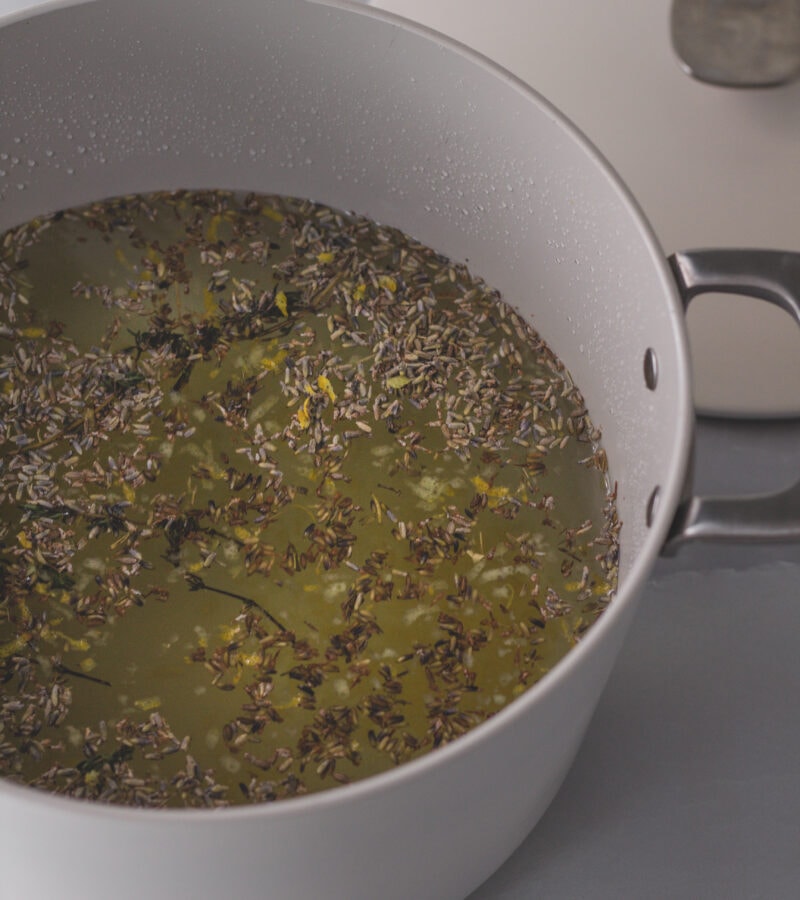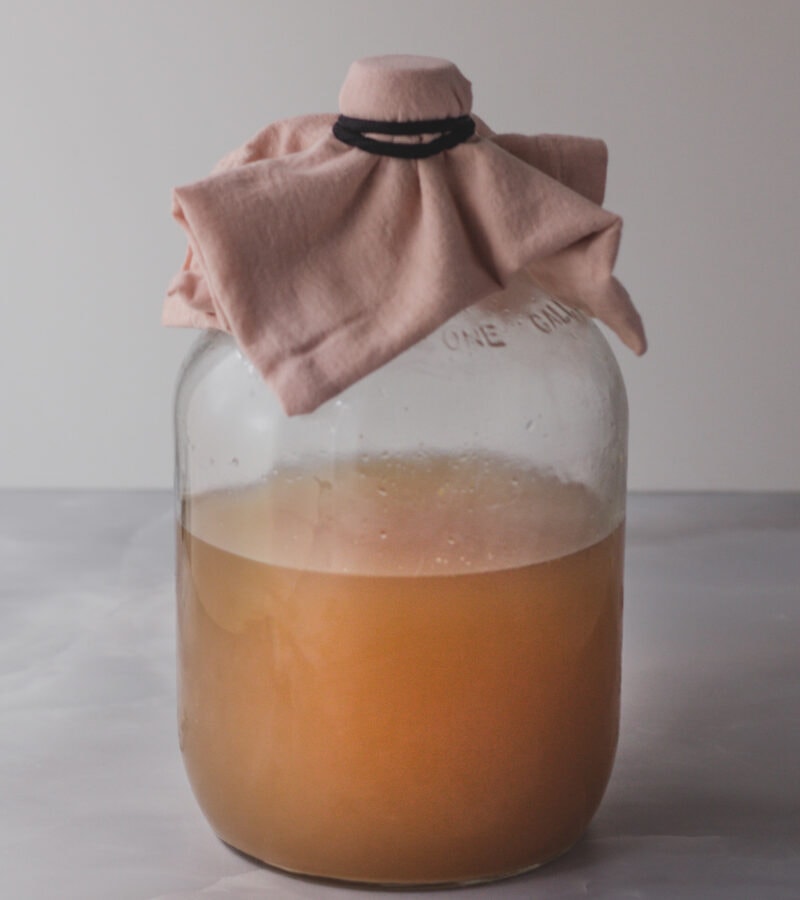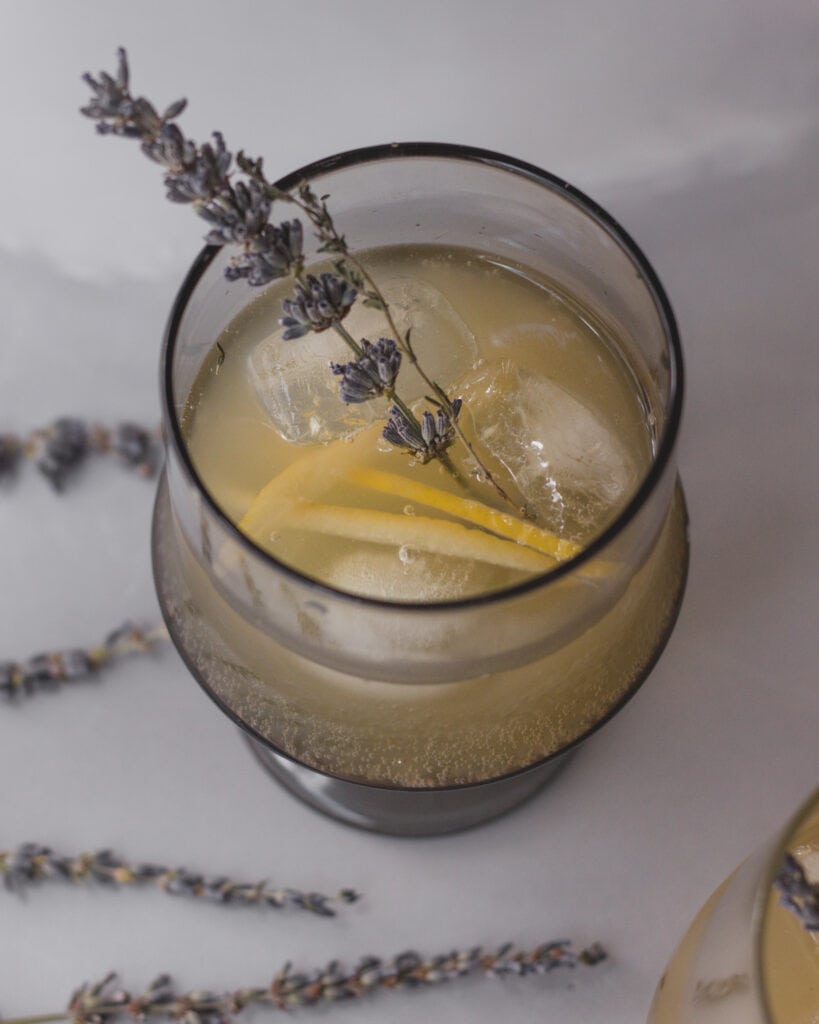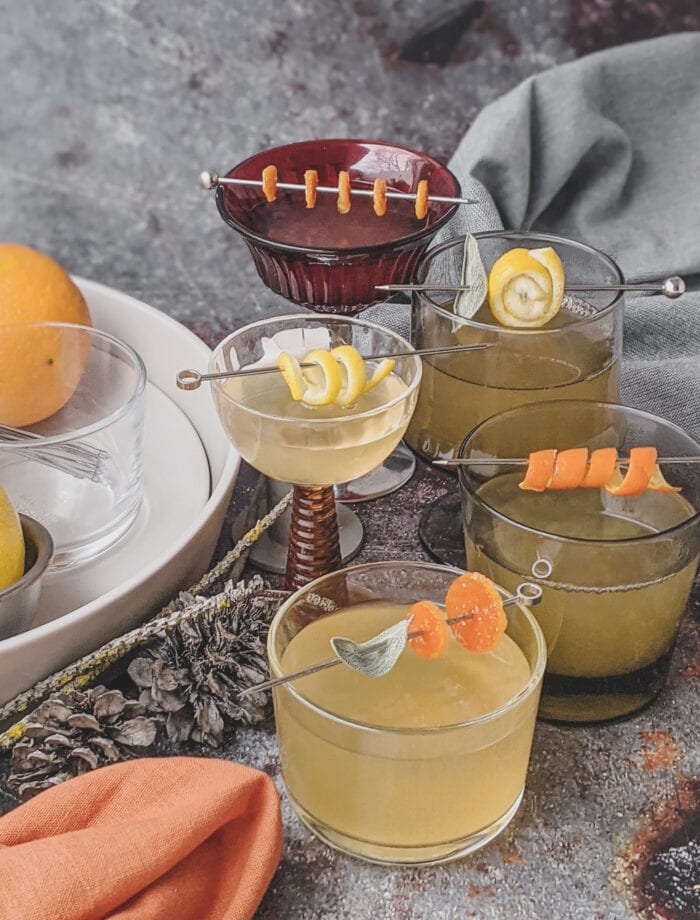A ginger bug is very simple to make and utilizes wild yeasts and beneficial bacteria from the ginger, which eat the sugar (this is different from lacto-fermentation). Once added to the sweetened tea and bottled, microorganisms from the bug eat the sugar in the tea and begin to release CO2. It’s really rewarding to get this bubbly action from just a few simple ingredients! The fizz can happen fast – please see recipe notes and take caution.
You can swap out the flavorings in this soda for almost anything you like! The options are endless. If using more delicate herbs like mint or basil, add them to the tea base after it has been boiled. Remove from heat and let steep for an hour. Want more soda? Simply use ½ cup soda per quart of liquid.
Cheers!
Mickey







